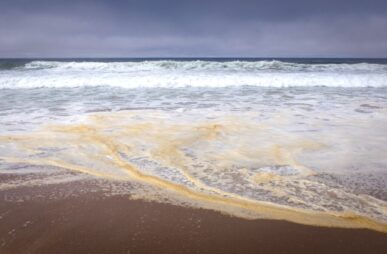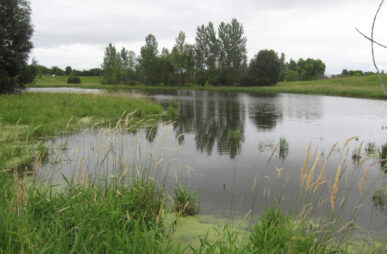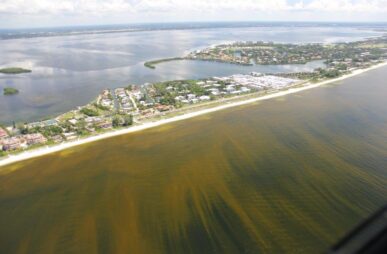Algae bloom kills hundreds of sea lions off California
Hundreds of sea lions off the coast of California have been poisoned this year amid a “highly unusual” algae bloom that has persisted in southern and central parts of the state into October.

Hundreds of sea lions off the coast of California have been poisoned this year amid a “highly unusual” algae bloom that has persisted in southern and central parts of the state into October.

By Judith Helgen
A recent decision by the U.S. Supreme Court strips away protections from our nation’s remaining treasure of isolated wetlands. The court has reverted to the dark days when wetlands were viewed as dirty swamps to be drained — habitats with no value.

Nearly every day, Florida resident Pradeepa Siva goes paddle boarding through Doctors Pass in Naples. The thin passageway between Moorings Bay and the Florida Gulf of Mexico is home to a couple of friendly dolphins, which Siva often sees on her outings.